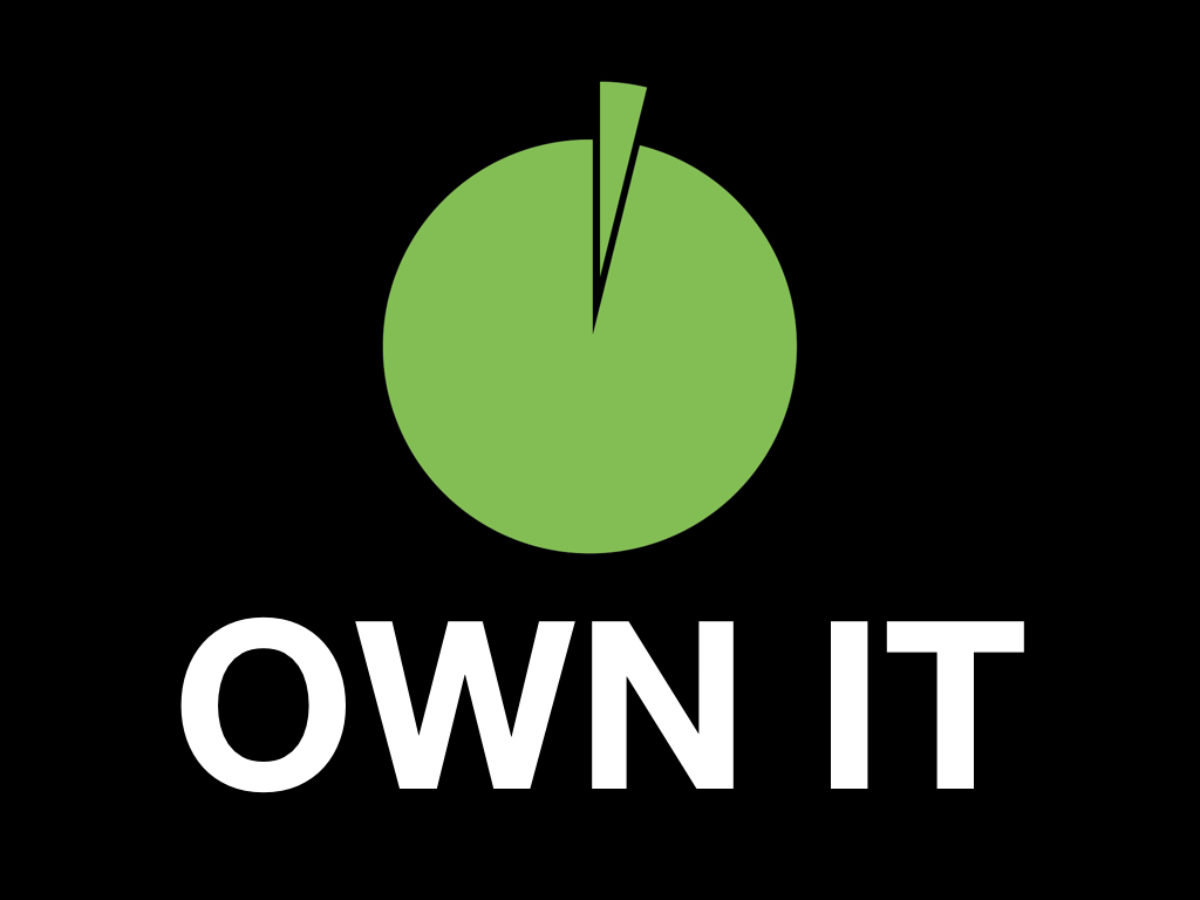Over the course of the last three BrandDIY posts (you can check them out here, here and here) we’ve done some heavy lifting. Specifically, we’ve figured out what you think your brand does better than any of your competitors, and what your fans think you do better.
Now, we bring everything together like chocolate and peanut butter – first, as a Unique Selling Proposition (USP), then as your Unique Ownable Speciality.
Your unique selling proposition
Al Ries and Jack Trout introduced the concept of a Unique Selling Proposition to the world in their seminal book Positioning. But the best book on the subject I’ve found is Bill Schley’s Why Johnny Can’t Brand.
I love WJCB because it lays out the USP in a simple, common sense way that flows logically from your insights on what you do best, and what your fans think you do best.
In fact, it reduces it to two simple sentences:
My brand does (blankety blank) better than any other brand in the world, because (reason one), (reason two) and (maybe even reason three).
This is supremely important to (the specific consumer niche I’m targeting) because (consumer need one), (consumer need two) and (hey, maybe consumer need three).
Let’s fill in the blanks using Apple because, well, pretty much everybody gets Apple.
Apple enables your creativity better than any other computer, because it’s easy to use, it has more built-in creativity-enhancing features, and its interface is designed for people who want to express themselves creatively.
This is important to people who want to use their computer as a creative tool, because they feel the need to express themselves digitally, and they believe technology is currently hindering them in that.
Your USP should state what you do best – and more importantly – why that actually matters to people.
So sit back, and think about your brand. Can you craft a unique selling proposition that makes your point of difference / superiority that simple?
Better yet, can you craft four or five of these unique selling proposition statements, then sniff test them with your stakeholders?
Your unique selling proposition becomes your unique ownable speciality
There’s a wonderful little story in WJCB that illustrates the Unique Ownable Speciality beautifully.
The original tire manufacturer owned the category of car tires because, well, he was the only one making car tires.
Of course, as cars caught on, multiple competitors entered the tire space. So did our original manufacturer get out? No. He simply found a sub-category he could own. Say, truck tires. And again, he became the sole supplier.
Unfortunately, as trucks caught on, the market again became crowded. But this time, our clever original manufacturer decided to simply carve off a section of the truck tire market for himself. Say, the longest-lasting truck tire. Once again, he became the sole supplier.
Again and again, this happened. And each time, our clever original supplier became #1 in a smaller, but incredibly lucrative subcategory.
Now, I hear you saying, don’t you eventually end up becoming the owner of a hopelessly small niche? Not necessarily. Think of the new Alfa Romeo SUV. It can’t own the category SUV. It can’t own luxury SUV. But it can own luxury SUV with Italian flair. In doing so, it also opens up an entirely new market – people who love Italian flair and have been utterly disappointed with milquetoast SUVs to this point.
Owning a tight niche market is far more lucrative than being a me-too in a large, diluted market.
Here’s the counterpoint to the too tight niche argument. If you don’t want to be number one in a tightly defined niche, what’s the alternative? To be number three or four in a larger category. To which I say:
Name me the number three cola.
Can’t do it, can you.
That’s because we only have room in our heads for one number one. We barely have space for number two. Number three, forget it.
We only have room in our heads for one number one brand. Being number two is as good as being invisible.
Being any number except number one is as good as being invisible.
Start crafting
It’s time to start crafting your Unique Ownable Speciality. Try it using this progression:
I make (product / service). I make an SUV, for example.
I make (adjective)+(product / service). I make a luxury SUV, for example.
I make (adjective)+(adjective)+(product/service). I make a luxury SUV with Italian flair, for example.
You’ll know you’ve arrived at a good Unique Ownable Speciality when you can say with confidence that you’re the only brand that offers what you offer, and that this offering is relevant to the fans that love you most.
With a good Unique Ownable Speciality, other elements of a great brand become apparent. Your name, your tagline, your story, and a visual that encapsulates what you do. But that’s for our next blog posts. Stay tuned!
A bit of history on BrandDIY
I’ve been helping clients build powerful brands for over 25 years. Today, more than ever, entrepreneurs with small-to-medium sized businesses are on the rise – we live in a startup world. As a consequence, I’m seeing a greater need to help clients help themselves. That is, DIY their brand.
With that in mind, I launched the BrandDIY Playbook late 2016. The Playbook took you through the step-by-step process I follow when I’m building brands. It worked.
That said, I thought it could always work better. Today, I’ve updated the BrandDIY Playbook to become BrandDIY. Enjoy!
Want more stories like this? Check out:
- A great brand positioning shortcut
- Everything you wanted to know about positioning, but were afraid to ask
- Use your common sense before you think positioning.
Sign up for my newsletter below, to get my insights straight to your inbox.
And please, don’t forget to share this story!



